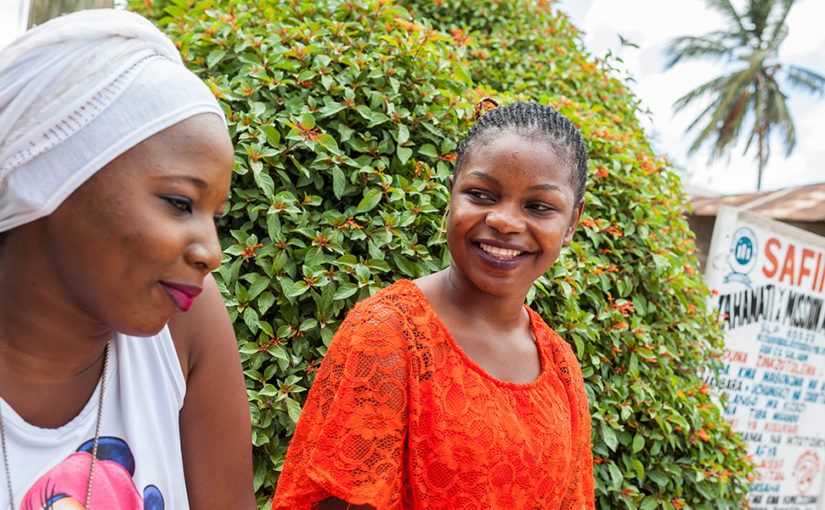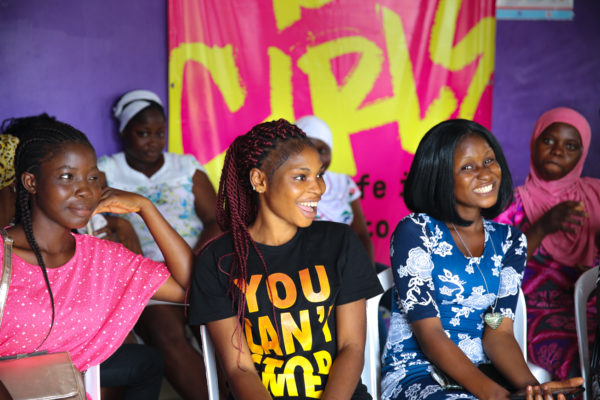We all recognize that no one lives in a vacuum, but we don’t often notice that our decisions are thoroughly enmeshed in cultural norms and ways of thinking. Culture plays a key role in health behaviors and decision-making, ranging from something as minor as how to treat a cold to something as major as when to have children. Anthropology is geared toward a holistic understanding of culture’s influence on behavior and, when applied to public health, starts by recognizing that people living with a problem are likely to have the best solutions.
If you want to know something, who would you ask? How would you ask? Would that change depending on whether or not the person you ask is an adult or a child, a celebrity or a local leader, your boss or your employee?
The societal rules of interaction — knowing how to ask questions — matter in conducting research. And how the interviewer is perceived, whether or not there is trust, what rules of engagement were followed — these all affect how people respond. The rules surrounding our interactions not only determine what information can be elicited from whom, but also affect how responses are interpreted and contextualized.
Anthropologists are trained to uncover social rules and organization, something of particular importance in public health. Knowledge of how society functions informs us on who does what work, what the associated risks or benefits of that work are, who has access to what resources, how medical workers or healers fit into that system, and much more. Without such data, it’s near impossible to design solutions that will “feel right” to stakeholders.
Frequently, anthropologists uncover the role of culture in decision-making through a mixed-methods approach, collecting both cognitive (what beliefs or attitudes people hold) and behavioral (what people do) data. Mixed-methods means that we use both quantitative and qualitative approaches. That is, anthropologists tend to use multiple methods in order to validate research findings.
But before any data is collected, a researcher must establish rapport. One of the best ways to do this is by getting involved in the day-to-day life of the research setting, something anthropologists refer to as participant-observation. This engagement demonstrates genuine investment in understanding the community’s culture and builds the relationships necessary to generate solutions. Interviews, both formal and informal, are used to elicit information without asking leading questions. From these data, explanatory models can be developed to help us evaluate what knowledge, attitudes, and practices influence behaviors.
For Adolescents 360 (A360), we took a mixed-methods approach. I started by providing cultural sensitivity training, helping us to identify our biases and distinguish between observations and interpretations when conducting qualitative research. I next assisted in building insights from data collected during formative research in Nigeria, where girls, parents, and community leaders were interviewed in order to understand what girls’ cultural-developmental trajectories look like, what they think and feel about sex and contraception, and the barriers they face to accessing modern contraceptive methods. I then conducted additional research to better understand Nigerian adolescent girls’ emotional drivers. During that field visit, I conducted interviews with girls on their motivations for motherhood, their passions outside of motherhood, their feelings surrounding social norms and consequences for their violation, and their motivations for using contraception. These additional data were collected in order to dive deeper into cultural norms and behavioral motivations, in order to increase our understanding of community perspectives and improve prototype development.
By employing anthropological methods, public health is taking the important step of integrating cultural belief systems into solutions, in a way that is genuinely respectful of cultural differences. A360 is an example of how to integrate various disciplines into an unlikely team that takes a creative approach to problem solving. This has helped A360 develop solutions for girls that are acceptable to their community and relevant for girls’ lives.





